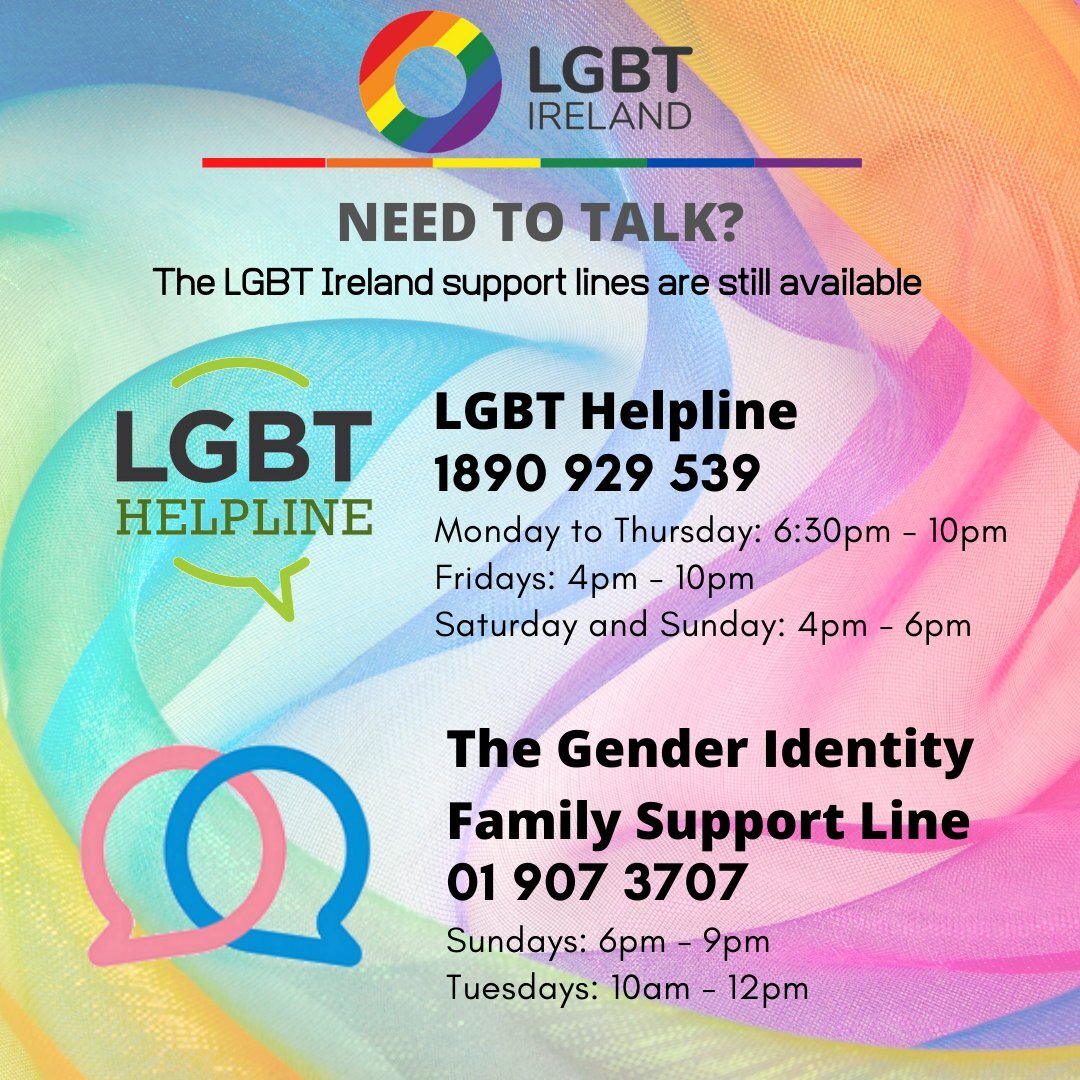LGBTQ+ Reading List
/Thinking of reading more LGBTQ+ books in 2021? Here’s some of our favourites to add to your To-Read list!
In Amateur, author Thomas Page McBee tackles masculinity and violence through the lens of his own experience taking up boxing as a transgender man. An important read for all genders to better understand what it means to be a man.
his memoir is about a trans woman from the Philippines and her journey to womanhood. The author has Albinism and is often perceived as white, leading this book to explore the intersectionality between race and gender.
Redefining Realness is a memoir by Janet Mock, an American writer and transgender activist. This book became a New York Times Bestseller. Mock went on to work as a writer and producer. She writes, directs and produces Pose, a television series about the lives of five trans women in the New York Ballroom scene in the 80s.
In the Dream House is a memoir about a relationship between two women that includes toxic and abusive layers which are underrepresented in stories about queer relationships. The fragmented writing style allows the reader to experience the unease of this dynamic.
Alok Vaid-Menon is a non binary activist and author. In their book they discuss non binary identities and gender diversity. This book is published by Penguin Teens and is great for young adults, but adults will also find it illuminating.
This novel by noted queer writer Baldwin covers the tumultuous relationship between two men, an Italian and an American who are living in Paris in the 1950s. Regularly thought to be one of the most groundbreaking queer novels.
This is our first choice for an introduction to queer history. An activist and a cartoonist come together to illuminate the histories of queer thought and LGBTQ+ action in this groundbreaking book.
This book follows the stories of 12 people, and explores intersections of identity. From black lesbian playwrights to non-binary social media influencers. It won the Booker Prize in 2019
This nonfiction book details the fight for LGBTQ+ rights around the world and how a new global conversation about sexuality and gender is compelling us to think differently about love, family, rights, and the human condition.
This touching memoir tells the story of Kimberly, a mom and lawyer who finds out at 41 that she is intersex, and her journey to activism.
This is a collection of speeches, essays and poems by Audre Lorde from the height of her work in the 1970s. Her work looks at the struggle of women, Black people and LGBTQ+ people and how for her, a Black lesbian feminist, these all intersect.
Alison Bechdel is the cartoonist who founded the Bechdel Test: the media metric that looks at the representation of women by suggesting that, at a minimum, a piece of media should have two named female characters who should have a conversation together not about a male character. This is a graphic memoir about Bechdel’s home life, growing up with a closeted gay father and coming out herself.
Am I Blue? features a collection of short stories from a group of LGBTQ+ authors for young adults. This 1995 classic is a must-read for anyone seeking community, regardless of age.











































































